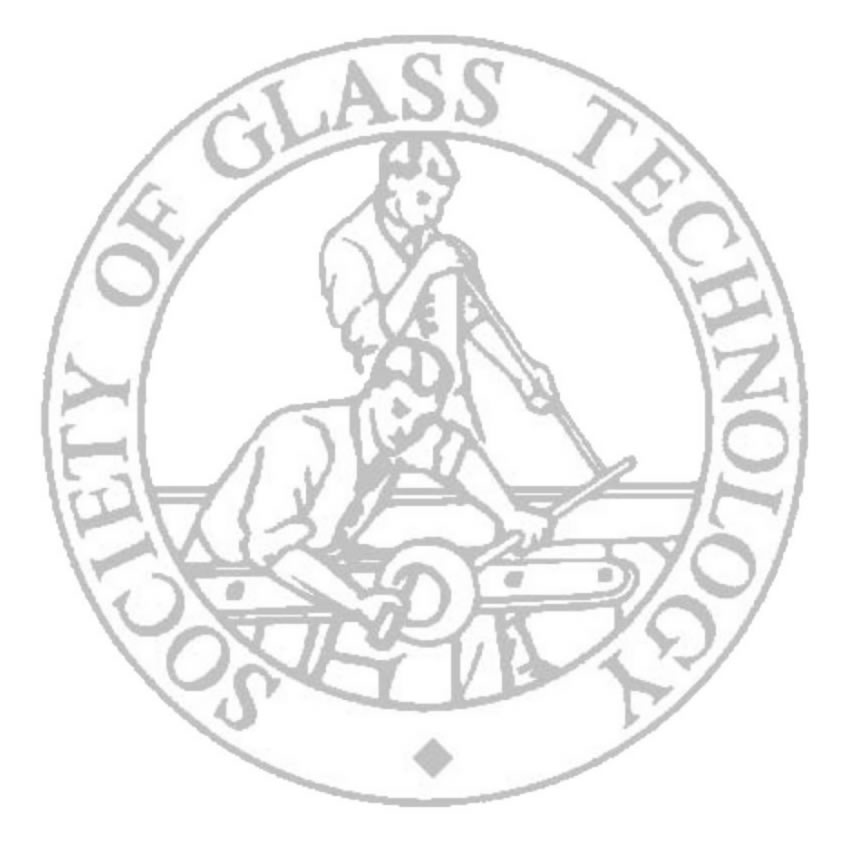
Cambridge 2008
|
Scaffolds ideal for some bone regeneration applications have been developed by foaming sol-gel derived bioactive glasses. Melt-derived bioactive glasses have been used in a particulate form as a bone filler for twenty years. Bioactive glasses bond to bone, are resorbable in the body and their dissolution products have been found to stimulate osteogenic cells at the genetic level. They are therefore an ideal material to promote bone regeneration. However a scaffold is required that can act as a template for three dimensional bone growth. There are several criteria for an ideal scaffold. In vitro cell culture of human bone cells on the sol-gel derived scaffolds showed that mineralised bone nodule formation occurred and gene expression was enhanced, without the addition of growth factors. The scaffolds have compressive strengths similar to porous bone and commercially available porous hydroxyapatite, but they are brittle under tensile loads. An ideal scaffold for all bone regeneration sites in the body must have improved toughness. High toughness, while maintaining bioactivity and controlled resorption, cannot be achieved by conventional composites. Instead, close mimics of the bone nanostructure must be created by developing novel nanocomposite (inorganic/ organic hybrid) scaffolds. For all tissue scaffolds, it is imperative to be able to quantify the pore sizes and more importantly the size of interconnects between the large pores. X-ray microtomography (µCT) has become a popular tool for obtaining 3D images of tissue scaffolds, however images are only qualitative. We have developed image analysis techniques for quantifying open pore networks in 3D. The µCT data can be used in models to predict permeability and mechanical properties as a function of the pore network could be made. Such predictions will be useful for optimising bioreactor conditions for tissue engineering applications. These techniques would be suitable for many other types of tissue scaffold.
| SGT Home page |